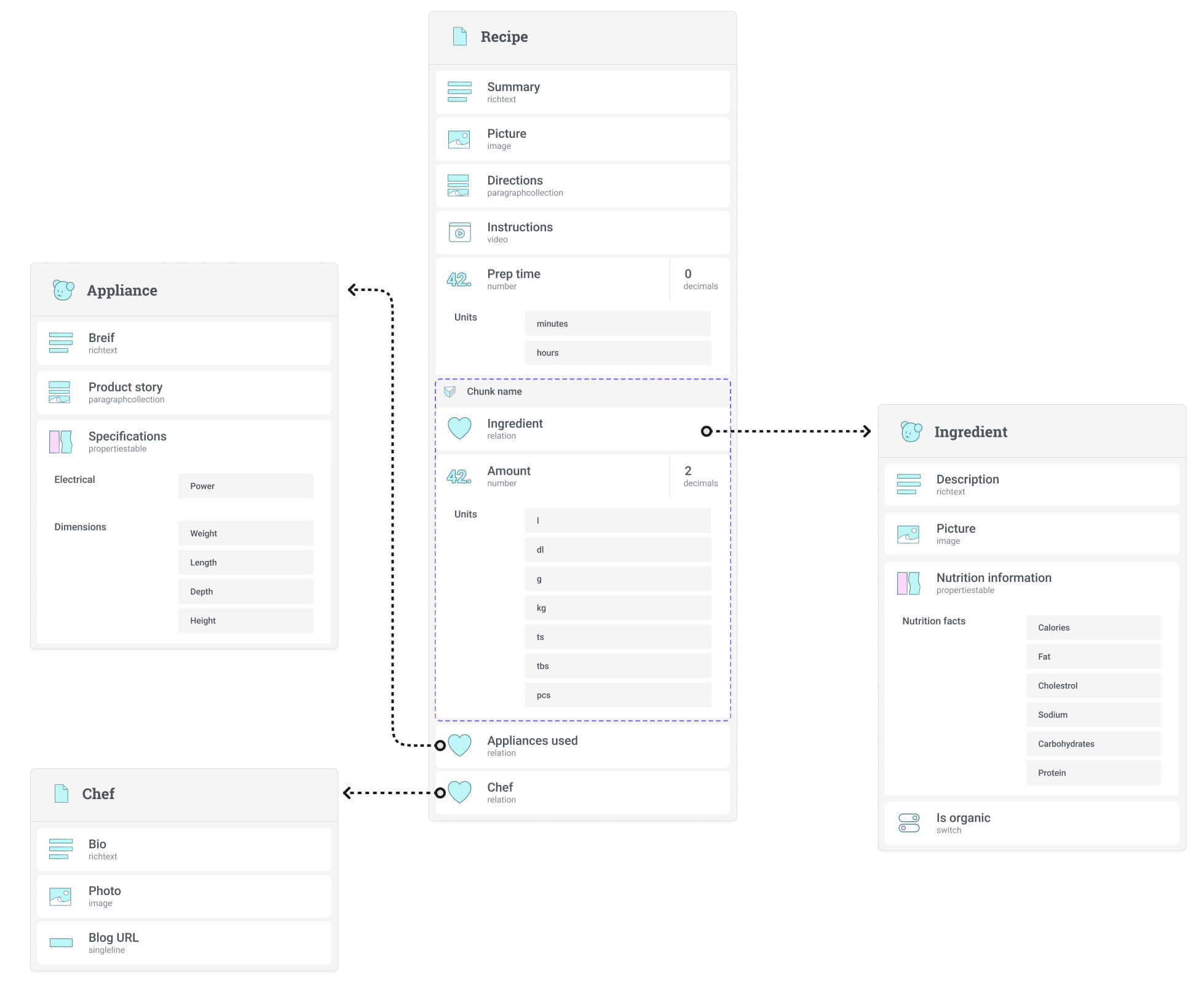On-Premise vs. Cloud PIM: Which is Right for Your Business?
On-Premise and Cloud PIM, the benefits, the differences, and drawbacks of each, with examples of PIM platforms for both.

A better way to build storefronts today means frontend agnostic and composable commerce solutions under the hub. An essential part is the PIM solution you rely on to store, organize and manage product information that you can use and reuse for many different services and across multiple distribution channels, including micro-front storefronts and mobile apps, and marketplaces.
We’ve talked extensively about it in our what is PIM post (no wonder because we are a PIM solution, among other things). So here, let’s just say PIM allows businesses to centralize, manage, and distribute product data more efficiently, resulting in increased productivity, improved customer experience, and increased sales.
Two main deployment options are available for PIM: On-Premise and Cloud-based solutions. On-Premise PIM requires software installation on a company's servers, while Cloud PIM is hosted in the cloud and accessed via the internet. Both options have advantages and disadvantages, and it is important to consider each carefully when deciding which solution is right for your business.
We’ll shed some light on both to give you enough information to make a solid decision that will help your business grow rather than be hampered by limitations caused by the wrong PIM solution in your arsenal.
What is On-Premise PIM?
On-Premise PIM requires businesses to purchase, install, and maintain PIM software on their servers. This means businesses have complete control over their data and can customize the software to meet their needs.
Benefits of On-Premise PIM
- Control: Businesses have complete control over their PIM data, including storage, access, and security.
- Customization: On-Premise PIM allows for greater customization and flexibility, as businesses can tailor the software to meet their specific needs. While true, this largely depends on the solution you have chosen.
- Security: Data is stored on company servers, which can provide a higher level of security.
- One-time Cost: On-Premise PIM is usually purchased outright, meaning no ongoing subscription fees exist.
Drawbacks of On-Premise PIM
- Upfront Costs: On-Premise PIM requires businesses to purchase software and set up a supportive infrastructure upfront, which can be a significant expense, especially for businesses at an early stage
- Maintenance: Businesses are responsible for maintaining and upgrading the platform, which can be time-consuming and costly. On top of that, in many cases, businesses are responsible for underlying infrastructure maintenance.
- Scalability: On-Premise PIM may not be as scalable as Cloud-based solutions, as businesses must purchase additional hardware and software as they grow.
- Future-proofing: The web and your business on the web evolve at staggering speeds. On-Premise PIM solutions are remnants of the old traditional dev architecture, meaning they are not cut out for new tech that speeds things up for the users and delivers your content, for example, to each and every screen available rather than just the ones defined by the solution you are using.
Examples of On-Premise PIM Platform
- Akeneo
- InRiver PIM
- Pimcore
What is Cloud PIM?
Cloud PIM is hosted in the cloud solution and accessed via the internet. They come as Software-as-a-Service (SaaS) business model, meaning you do not need to purchase or maintain any infrastructure, as the PIM provider hosts everything.
Benefits of Cloud PIM
- Speed: With way less time spent on installation and configuration, Cloud PIM deployment ensures faster time-to-market. It is as simple as that.
- Scalability: Cloud PIM solutions are highly scalable and can easily accommodate businesses of all sizes, which makes it one of its best strengths.
- Accessibility: Cloud PIM solutions can be accessed from anywhere with an internet connection, allowing for remote collaboration and flexibility.
- Security: With a single API endpoint, the margin for harmful attacks is much lower than that of an on-premise solution.
- Cost: Cloud PIM solutions are often less expensive upfront, as businesses do not need to take care of backing infrastructure. Additionally, ongoing subscription fees can be more manageable than the cost of maintaining On-Premise solutions.
- Maintenance and upgrades: Cloud PIM solutions are typically maintained and upgraded by the provider, reducing business workload and costs.
- Frontend agnostic: With the way modern web development evolves, it is crucial to evade vendor/tech lockdowns. What’s hyped and works for you today might not be as good tomorrow.
Drawbacks of Cloud PIM
- Control of data: While Cloud PIM providers implement security measures, businesses may not have complete control over their data and may need to trust their provider's security measures.
- Customization: Cloud PIM solutions may not offer the same level of customization as On-Premise solutions, as businesses are limited to the provider's software and features.
Examples of Cloud PIM Platform
- 💎Crystallize
- Salsify
- Plytix
📝Content Modeling.
Talking about the drawbacks of Cloud PIM solutions, we’ve mentioned customization. Truth be told, the same can be applied to many on-premise solutions as well. Customization largely depends on how mature the solution is, how big and engaging their community is, the number of tech and implementation partners, and the information architecture model the solution is built upon.
Information architecture is the underlying structure of product information, content, and rich media business add. It largely depends on the content modeling abilities of the platform.
The goal of content modeling and customization abilities that comes with it is to be able to define important content you need to add for your business and serve it in any channel you are present on - from a single source of truth.

Comparison of On-Premise and Cloud PIM
Now we know what we’re dealing with, let’s compare them against common business goals, i.e., cost, scalability, maintenance and upgrades, security, accessibility, and collaboration options.
Cost vise it is pretty simple. While the upfront cost of an On-Premise platform may be higher, the ongoing cost of a Cloud solution can add up over time, depending on the sheer number of products. However, costs and, subsequently decision, come into play when you take the rest into consideration.
Cloud PIM solutions are highly scalable and can easily accommodate businesses of all sizes, while On-Premise PIM solutions may require additional infrastructure investment as businesses grow.
On top of that, On-Premise PIM solutions require businesses to maintain and upgrade their own software and/or infrastructure. In contrast, the provider typically maintains and upgrades Cloud PIM solutions.
However, On-Premise PIM solutions provide businesses with complete control over their data and can provide a higher level of security, while Cloud PIM solutions require businesses to trust their SaaS PIM platforms' security efforts.
So, Which PIM Solution is Right for Your Business?
When deciding between On-Premise and Cloud PIM solutions, you should consider your business-specific needs and requirements first. If complete control over data and customization are essential, an On-Premise solution may be the best option.
However, if scalability, accessibility, tech future-proofing, and lower upfront costs are priorities, a Cloud-based solution may be the way to go.
FAQs
❓Q1: What is the main difference between On-Premise and Cloud PIM?
A1: On-Premise PIM requires software installation on a company's servers, while Cloud PIM is hosted in the cloud and accessed via the internet.
❓Q2: Which PIM solution is more customizable?
A2: On-Premise PIM solutions offer greater customization and flexibility, as businesses can tailor the software to meet their specific needs.
❓Q3: Which PIM solution is more cost-effective?
A3: This depends on the particular needs of the business. On-Premise PIM solutions require an upfront investment in hardware and software, while Cloud PIM solutions are typically subscription-based.
❓Q4: What are some other considerations businesses should keep in mind when choosing a PIM solution?
A4: Other considerations include scalability, maintenance and upgrades, security, accessibility and collaboration, and the specific features and functionality offered by each solution.
❓Q5: Can businesses switch between On-Premise and Cloud PIM solutions?
A5: Yes, businesses can switch between solutions, although it may require significant time and resources to make the switch. It is important to carefully consider each solution's pros and cons before deciding to avoid the need for a switch down the line.
Dive in and weigh out the benefits and drawbacks of each.

